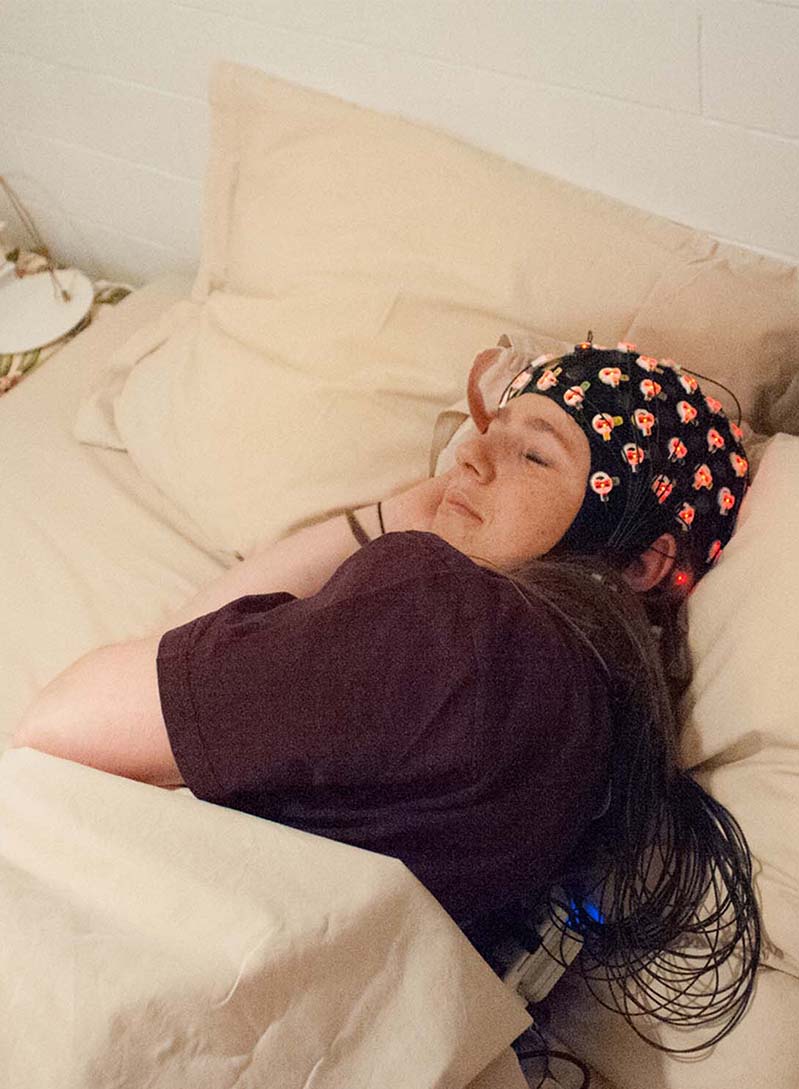
Using sleep to identify risk propensity
Every person has their own sleeping profile, which can be identified by their brain’s electrical activity as they sleep. Researchers at the University of Bern have demonstrated that certain brain waves during periods of deep sleep can be used to determine the extent of an individual’s propensity for risk in their everyday life.
Every day finds us making countless decisions involving different risks – while driving in traffic, when buying stock or with respect to our sexual behavior, for example. The propensity for risky behavior varies enormously from one individual to the next.
Researchers at the Social Neuro Lab of the University of Bern have demonstrated that, as they sleep, a person’s brain offers up clues indicating their propensity for risk: The fewer slow waves an individual has over their right prefrontal cortex during deep sleep, the greater their propensity for risk. Among other things, this region of the brain is important for a persons’ ability to control their own impulses. The results were recently published in the journal “NeuroImage”.
Gaining a better understanding of the mechanisms of risk propensity is important since health economics research has demonstrated that risky behavior can have both considerable health-related and financial consequences. These insights will then serve as a basis for defining future measures capable of largely preventing negative consequences: slow waves can be modulated in a targeted way during sleep.